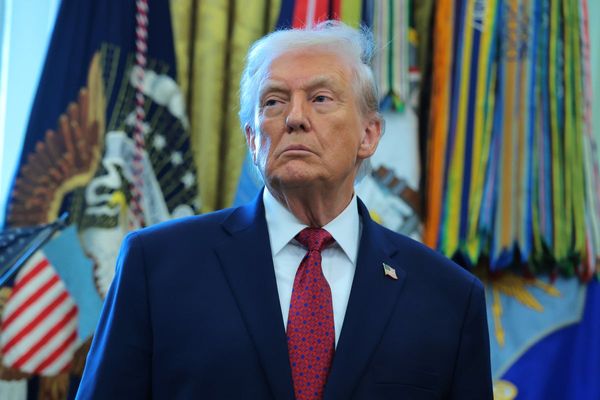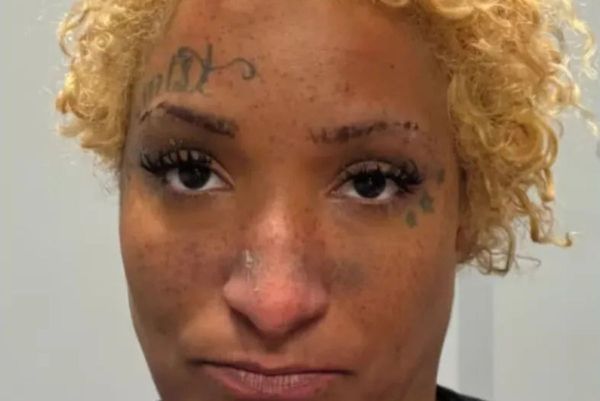MIAMI -- When he was growing up in 1980s Brooklyn, graffiti artist Alan Ket got good at improvisation.
“By the time I grew up, all the spray cans were locked behind cages,” he remembers. “I used to use Ban Roll-On and take off the top, then I’d steal erasers from the classroom and pull out the felt, then use the felt tip on the Ban Roll-On. I’d go to the supermarket and get purple supermarket ink and fill it.”
That eye for detail paid off. Along with co-founder Allison Freidin, Ket is overseeing the opening of the Museum of Graffiti in its new home next to Wynwood Walls.
It’s a fitting location for the new museum, which opened in late 2019 and offers a fascinating look into the historical context that made the mural park one of Miami’s most popular attractions. The new space is bigger than the original — 5,000 square feet as opposed to 3,000 — but its mission remains the same: to teach people about an art movement that is now fixed in our culture and commerce.
“So many people come here and are really focused on the narrative that the press and the government have been feeding them for so many years, that graffiti is gang-related, that graffiti artists are dangerous criminals,” Freidin says. “A lot of folks come in with only having heard one side of the story. The Museum of Graffiti provides that other very important half that is from marginalized artists who don’t have a platform other than the streets.”
A trip through the museum encompasses the early forms of tagging and introduces such innovators as Philadelphia’s Cornbread, who started creating street art in 1965 and famously tagged The Jackson 5’s plane and an elephant at the zoo. There’s also a nod to the flamboyant Rammellzee, a visual artist, performance artist and hip-hop musician who recorded “Beat Box,” one of the most valued and collectible hip-hop records of all time (Jean-Michel Basquiat designed the cover).
The birthplace of graffiti, New York City, figures prominently in the telling of this history. There’s a tribute to the New York subway trains once covered in graffiti (much to the dismay of vindictive transit authorities) and nods to entrepreneurial artists who found ways to monetize their work through album covers, merchandise like T-shirts and collectibles, skateboards and tattoos (there’s even a replica of The Shirt King store from the Coliseum Mall in Queens and a mini tattoo parlor).
Past and future collide in these rooms. Pass a wall of the original spray paints used in early street art and you’ll find yourself in an Oculus headset for a virtual reality opportunity to let your inner artist flow.
One of the hardest things about putting the museum together, Freidin says, has been finding historical artifacts. Too many materials were left moldering in basements or storage units. Like they did when their children left comic books behind, overzealous parents threw away much of what might have been valuable.
“Because it was not treated as an art form until recently, the archives are very unstable,” she said. “We’ve lost important pieces of ephemera or antiques that tell the history of the culture, because there’s been no preservation of that culture.”
She did manage to track down a couple of the New York subway turnstiles, still in their original red and yellow, for guests to walk through at the end of the tour.
The museum won’t neglect its Wynwood roots, either. An exhibit of Puerto Rican artists will also open in early March, paying homage to the neighborhood’s original residents. There will be free drawing classes for kids on Sundays and graffiti classes for anyone who wants to learn how to use spray cans or draw characters.
But the story the Museum of Graffiti is telling is far from over.
“There is no complete story,” Ket says. “It’s a global story. Every city, every region has their own story. We’re gathering all these stories to join them and give you an overview of what has happened. It’s still being discovered and written here and now.”
____
Museum of Graffiti
Where: 276 NW 26th St., Miami
Opening: March 1
Hours: 11 a.m.-6 p.m. Monday-Thursday; 11 a.m.-7 p.m. Friday-Sunday
Tickets: $16; under $13 free; memberships start at $100; museumofgraffiti.com
____
____







